Research
Time
Friday 24 February
9:05am
Location
Boardroom
Speaker
Miriam Sullivan
Lecturer, Science Communication
School of Animal Biology, The University of Western Australia
Abstract
Science communication, as a relatively new discipline, lacks a coherent body of canon theory to guide learners. Emerging science communicators can undertake formal training in the discipline, but even then there is no established curriculum or pedagogical models for courses to follow.
I argue that developing science communicators follow a predictable learning journey, whether they are aiming to become practitioners or researchers. Most aspiring science communicators start out with a worldview that is strongly centred on the deficit model, consider themselves ‘natural communicators’ and lack discipline-specific knowledge. With time and commitment, science communicators learn essential threshold concepts in the discipline, such as the importance of engagement, messaging and audiences. Once they have mastered these concepts science communicators are able to effectively act as practitioners with a focus on participatory and dialogic approaches. Given access to scholarly literature, science communicators can further develop contextual and evidence-based approaches.
The model I have developed acts as a useful approximation of how new learners acquire mastery in science communication. The learning process takes time and energy and different learners will progress at different rates. By understanding how people learn to think like science communicators we can set realistic goals for short training courses and design better curricula for tertiary qualifications.







Leave a Reply